Study at the FFPW USB!
For Bachelor's study programmes in Fisheryand Protection of Watersapplications can be submitted until March 31, 2025.Bachelor's study programmes are taught only in Czech language.
Sturgeons are prehistoric fishes without scales, looking at first glance like toothless freshwater sharks. On Earth, sturgeons evolved long before the dinosaurs, but unlike them, they survived until today. Yet. They don't have it easy with us humans at all. We have made it impossible for them to migrate by building dams and other water constructions, we have destroyed their places for feeding and breeding, we are releasing many harmful substances into the water, and we have almost exterminated them by poaching. Sad fact, isn't it?
Nevertheless, the sturgeons do not give up, and we members of the LIFE Living Rivers project team (101069837/LIFE21-IPE-SK-Living Rivers)do not give up either and decided to help the sturgeons in the Danube. Thus, one of the goals of this project became the strengthening of sterlet (Acipenser ruthenus) populations in the Slovakian-Hungarian section of the Danube by means of close-to-nature egg incubation methods. In April 2024, more than 20,000 sterlet eggs were fertilized and incubated using innovative approaches at two locations - in the Outflow channel of the Gabčíkovo waterworks and in the riverbed of the Old Danube. The incubators with the eggs were placed directly in the stream, i.e. the sturgeon larvae could taste and encode the smell of their "home" water in their heads immediately after birth (hatching). However, the sturgeon larvae did not stay at home. As true river wanderers, the "sturgeon newborns" escaped into the world immediately after leaving the eggs, or rather they were freely drifted by the river stream for several days, thus traveling tens to hundreds of km from their birthplace before finding their place where they decided to grow up. However, unlike their friends, who are deployed to the Danube as preschool children (a few months old juveniles) or even as teenagers (one-year-old fish), they know where they were born and where they are at home. So, if we are a little patient and the “newborn sturgeons" are a little bit lucky, then in a few years later they will return and give birth to their babies at the same place where they were born - so they will return to reproduce at home, in the place of their "birth".
The project partner, which is responsible for the activity – the University of South Bohemia in České Budějovice, Faculty of Fisheries and Water Protection (FFPW USB), will continue in this activity for the next few years of the project. The goal of the activity is, in addition to strengthening of abundancy of sturgeon populations in the Danube, also an effort to develop and adapt to the conditions of the Slovak part of the Danube an uncomplicated method of incubating sturgeon eggs, which will be easily transferable to fishing practice, and will thus be able to be used by institutions that will deal with strengthening of sturgeon stocks in the future and their management in the Danube basin.
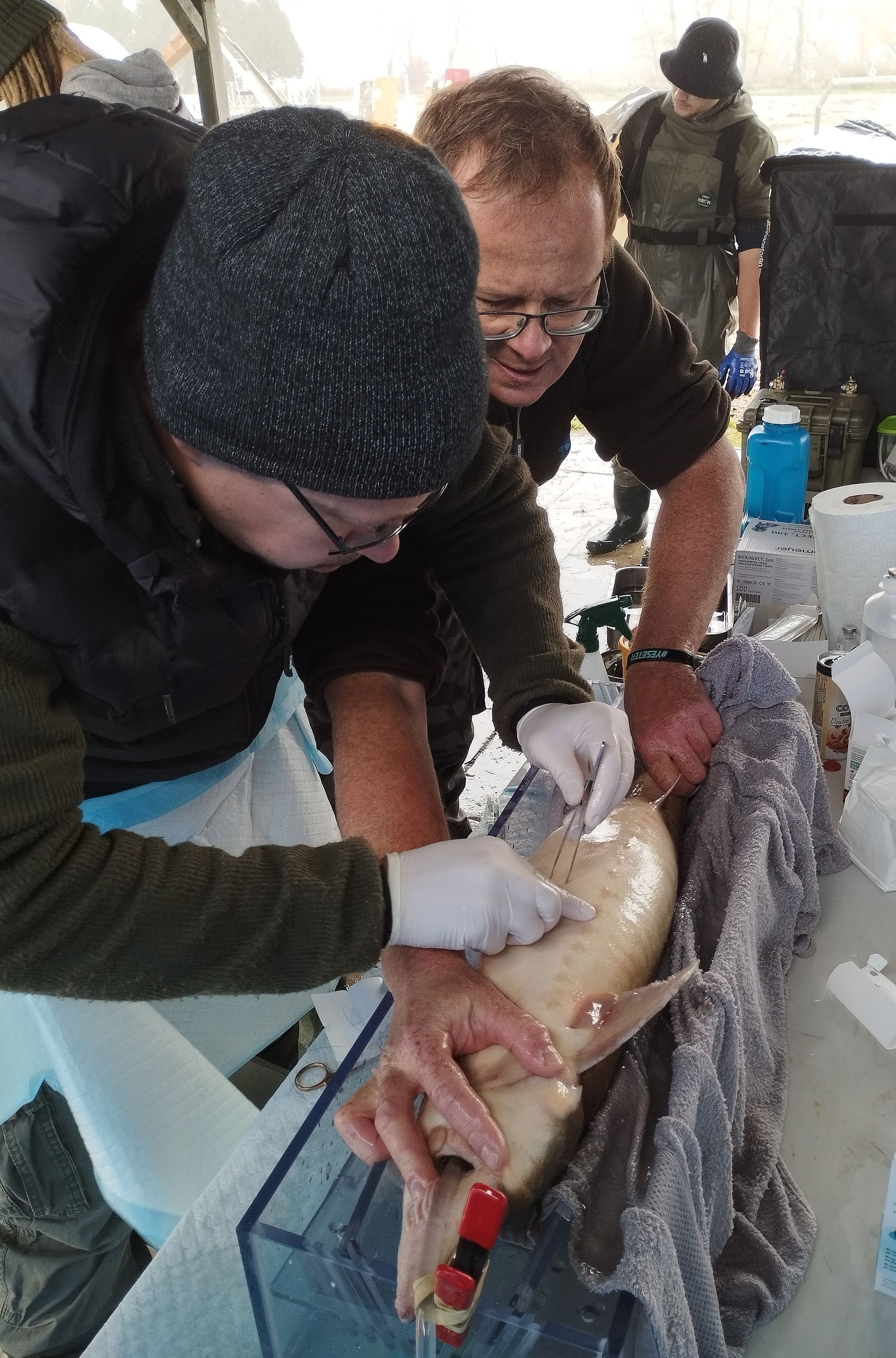
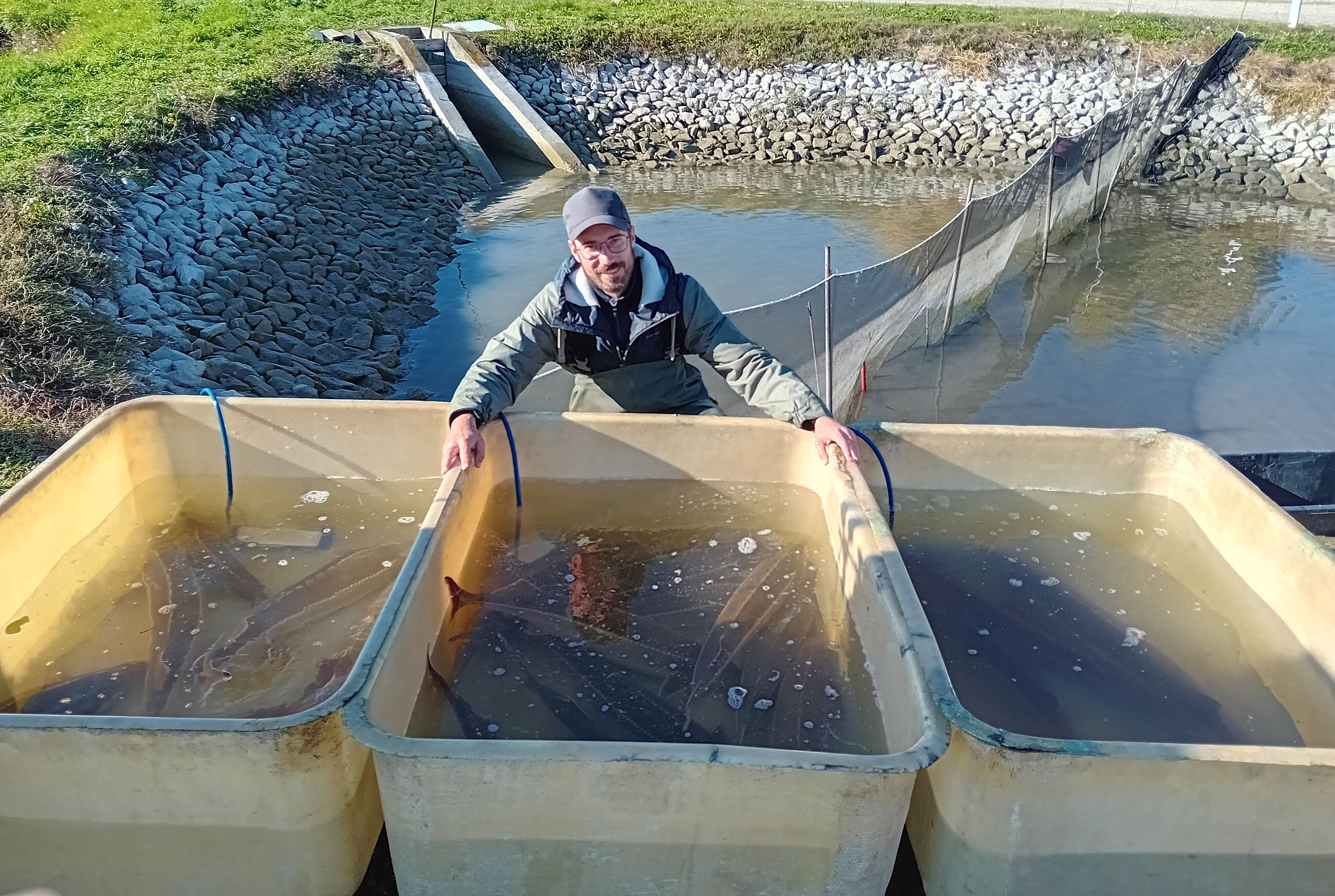
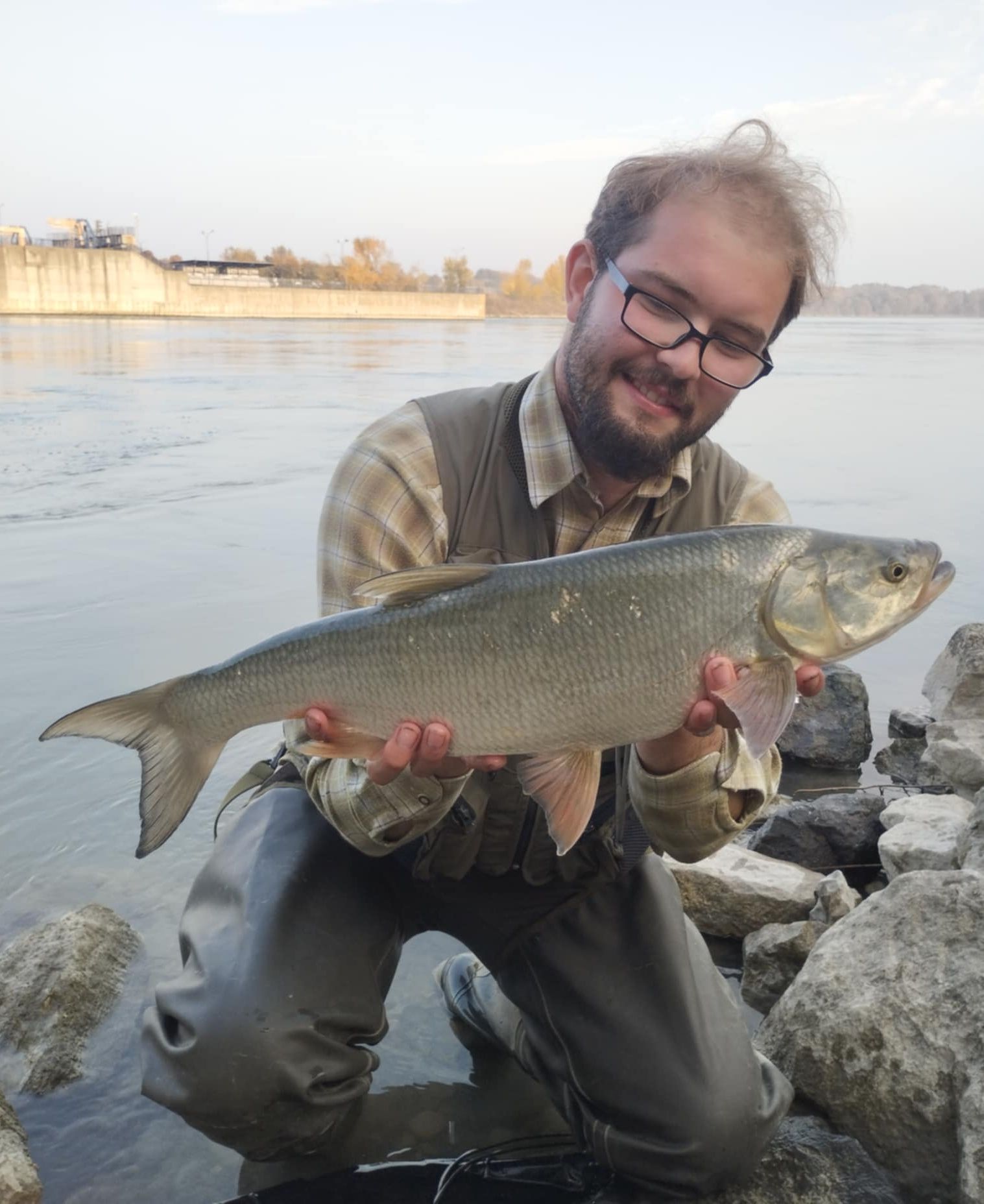
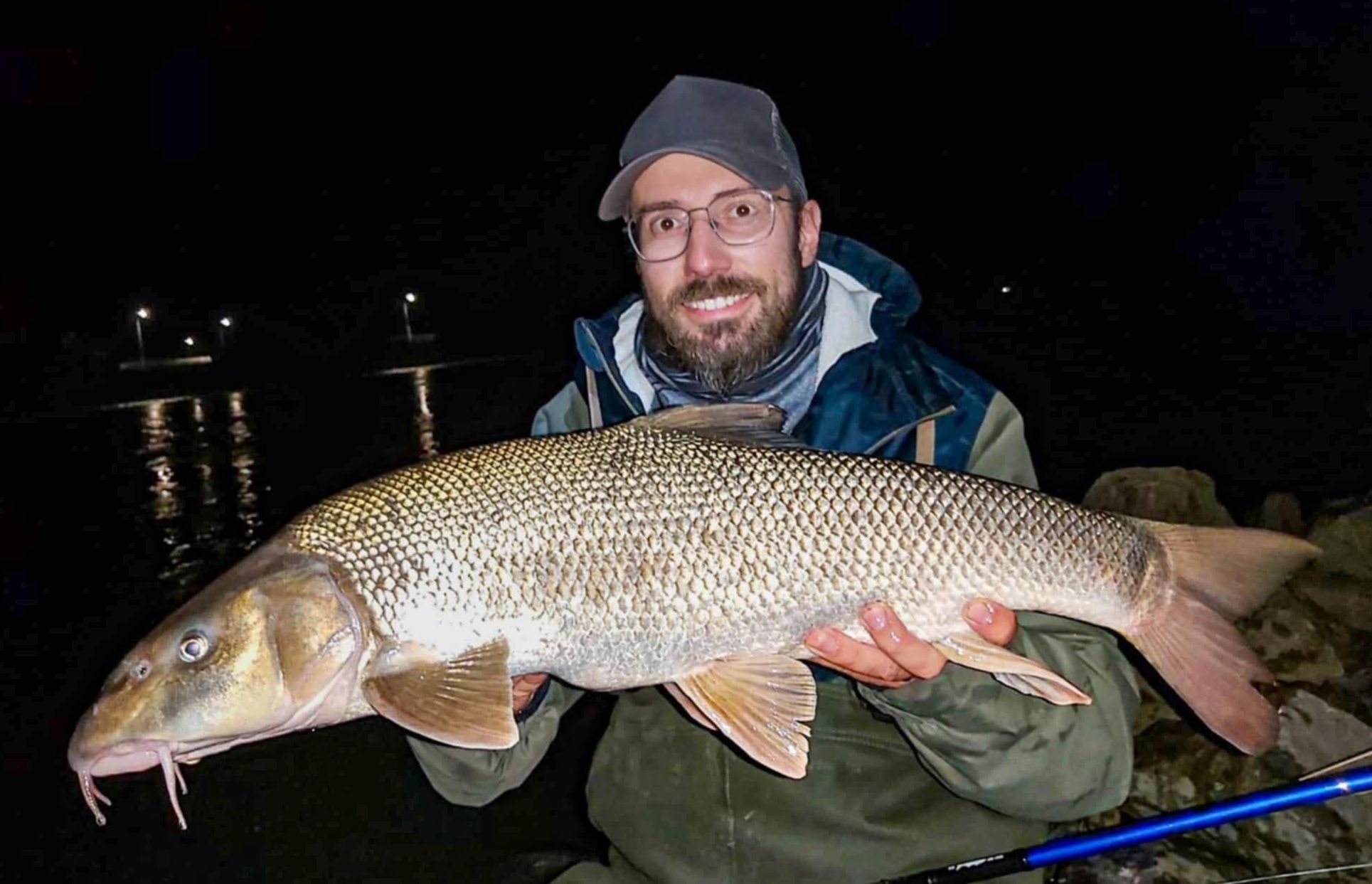
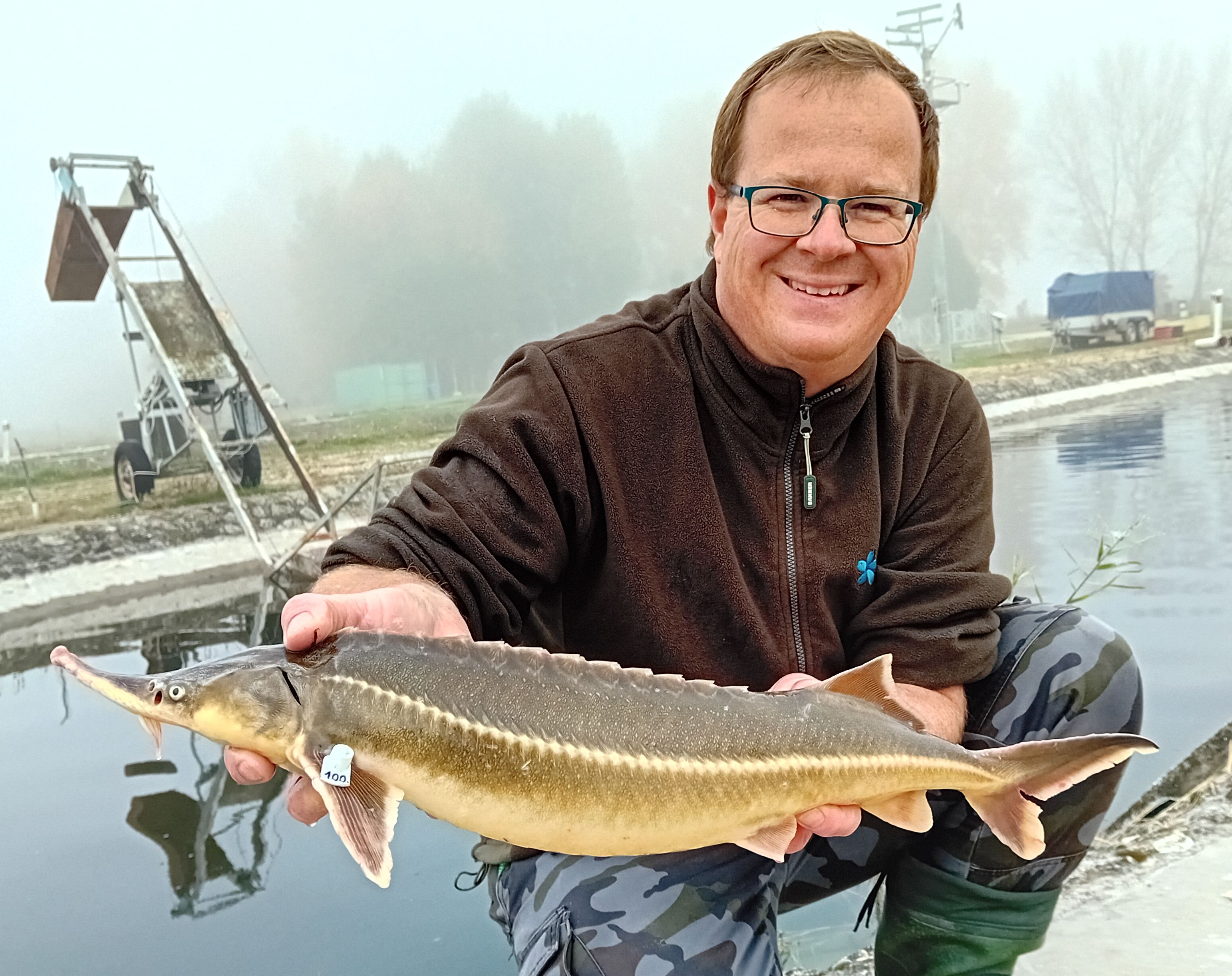
Not only sterlet(Acipenser ruthenus), but also common barbel(Barbus barbus) and asp(Leuciscus aspius), as important rheophilic fish species, became the objects of a three-year telemetric survey by the staff of the Laboratory of Freshwater Ecosystems of the Faculty of Fisheries and Protection of Waters of the University of South Bohemia in České Budějovice (FFPW USB).
As part of the activities of the integrated project LIFE Living Rivers (101069837/LIFE21-IPE-SK-Living Rivers), the researchers are investigating the current migration passability of the Slovakian-Hungarian part of the Danube, including important migration barriers in the form of the Čunovo, Dunakiliti and Gabčíkovo water structures, for fish. In this context, almost 120 sterlet, 50 barbel and 50 asp were tagged by specialized acoustic fish tags. These tagged fish provide valuable information about their position in the stream, but also about the water temperature or the depth in which they move. Among others, the results of the activity may enable to clarify the role of constructed water structures in fish migration and help to propose and subsequently implement appropriate measures for their passage. The results of the study will also contribute to the revitalization of the unique ecosystem of the Old Danube and the restoration of its function as an important European biocorridor for freshwater fauna. In the relatively recent past, the Old Danube, together with its system of the side river branches, formed an inland Danube delta system, which, however, is significantly withering and gradually disappearing after the construction and operation of the Gabčíkovo waterworks system.
Slovak and Hungarian media regularly report on the FFPW USB activities on the Danube, this time TV JOJ reported on sturgeon telemetry in its main news on October 29, 2024. The report can be viewed at the link:https://fb.watch/vym-0rVgVC/
Details of the project.
Written by: RNDr. Bořek Drozd, Ph.D.

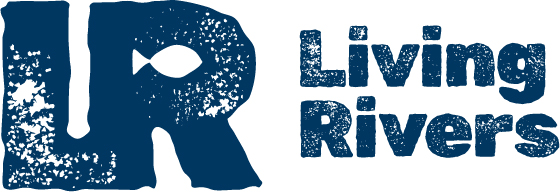
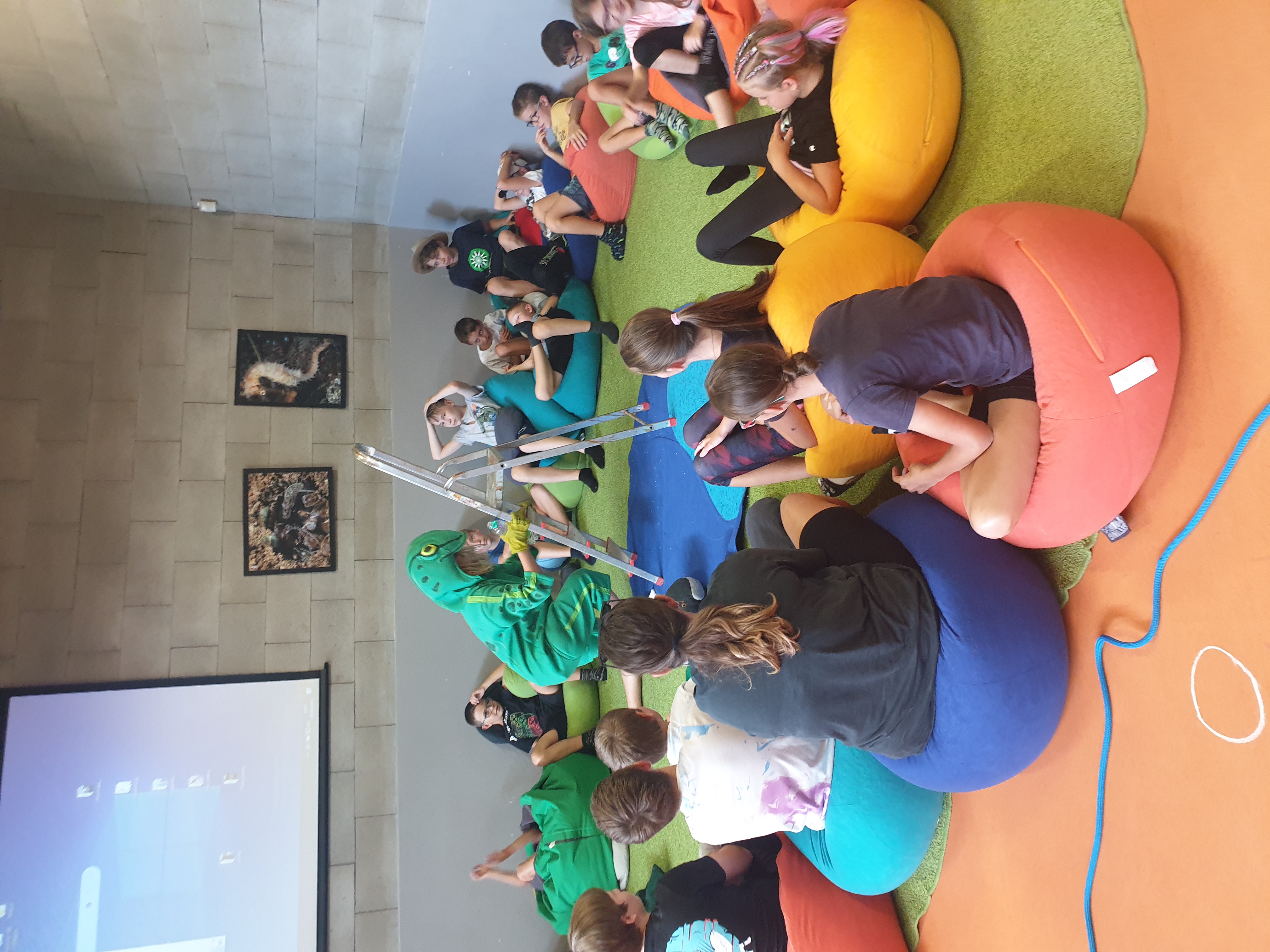
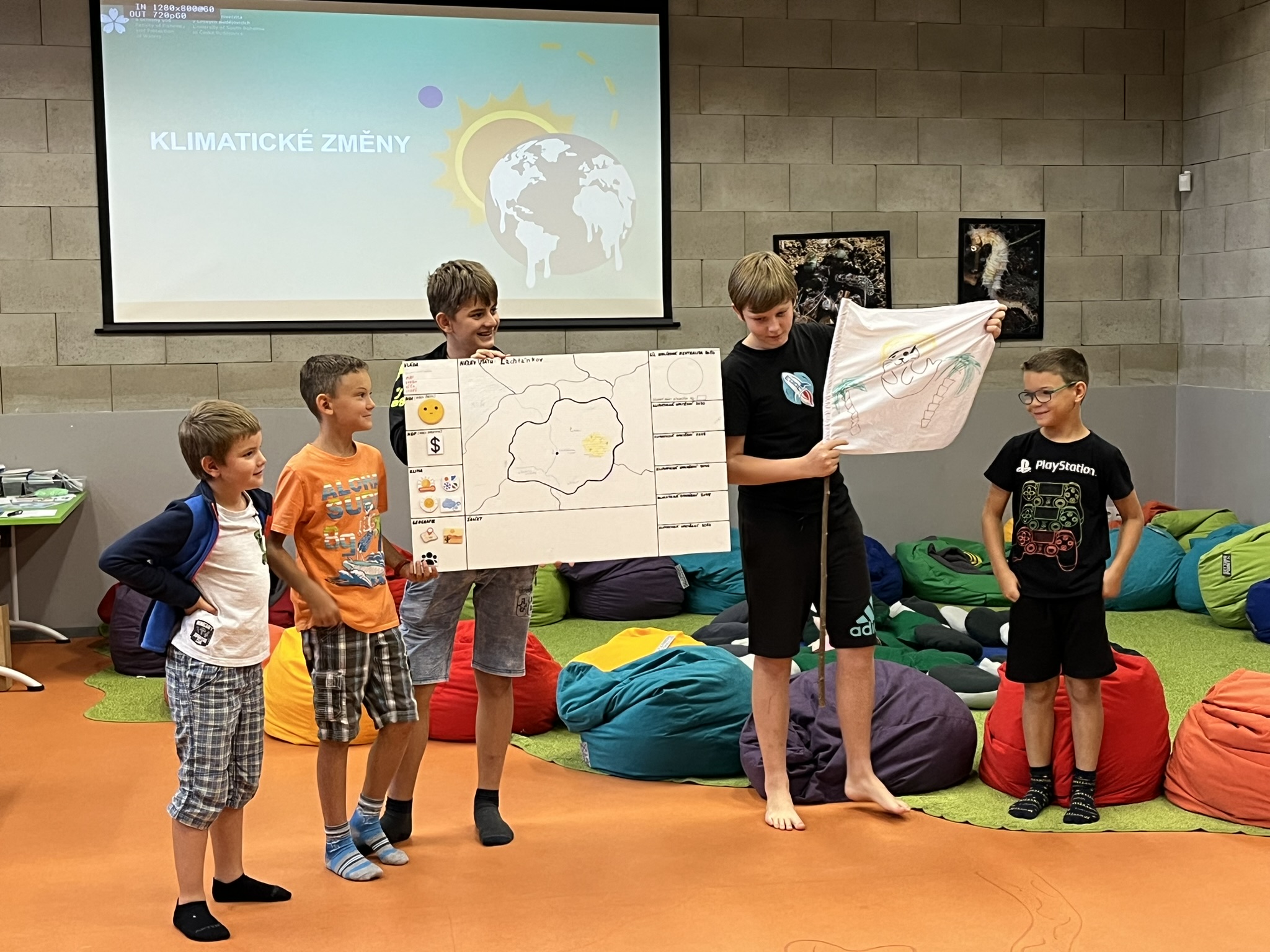
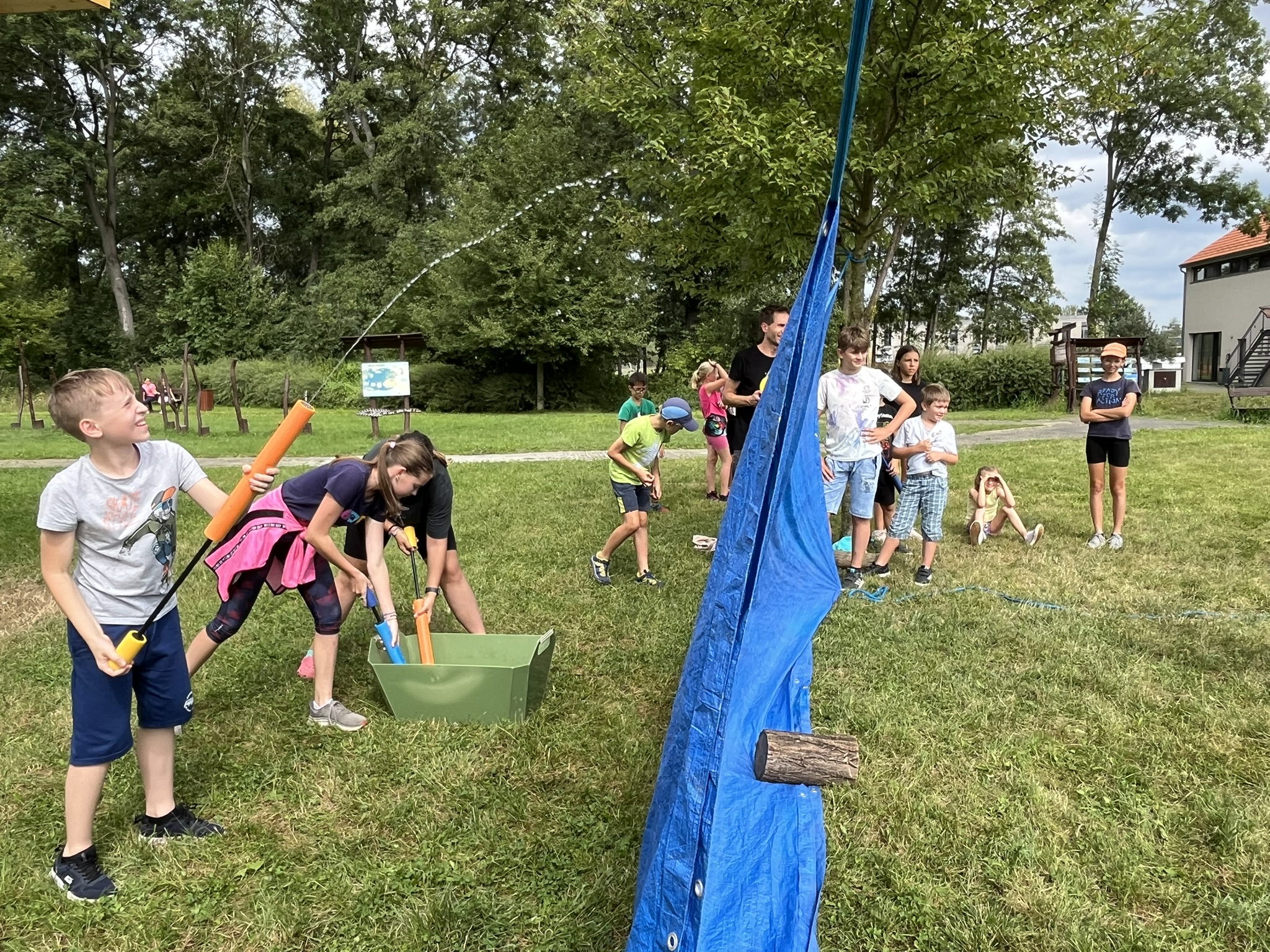
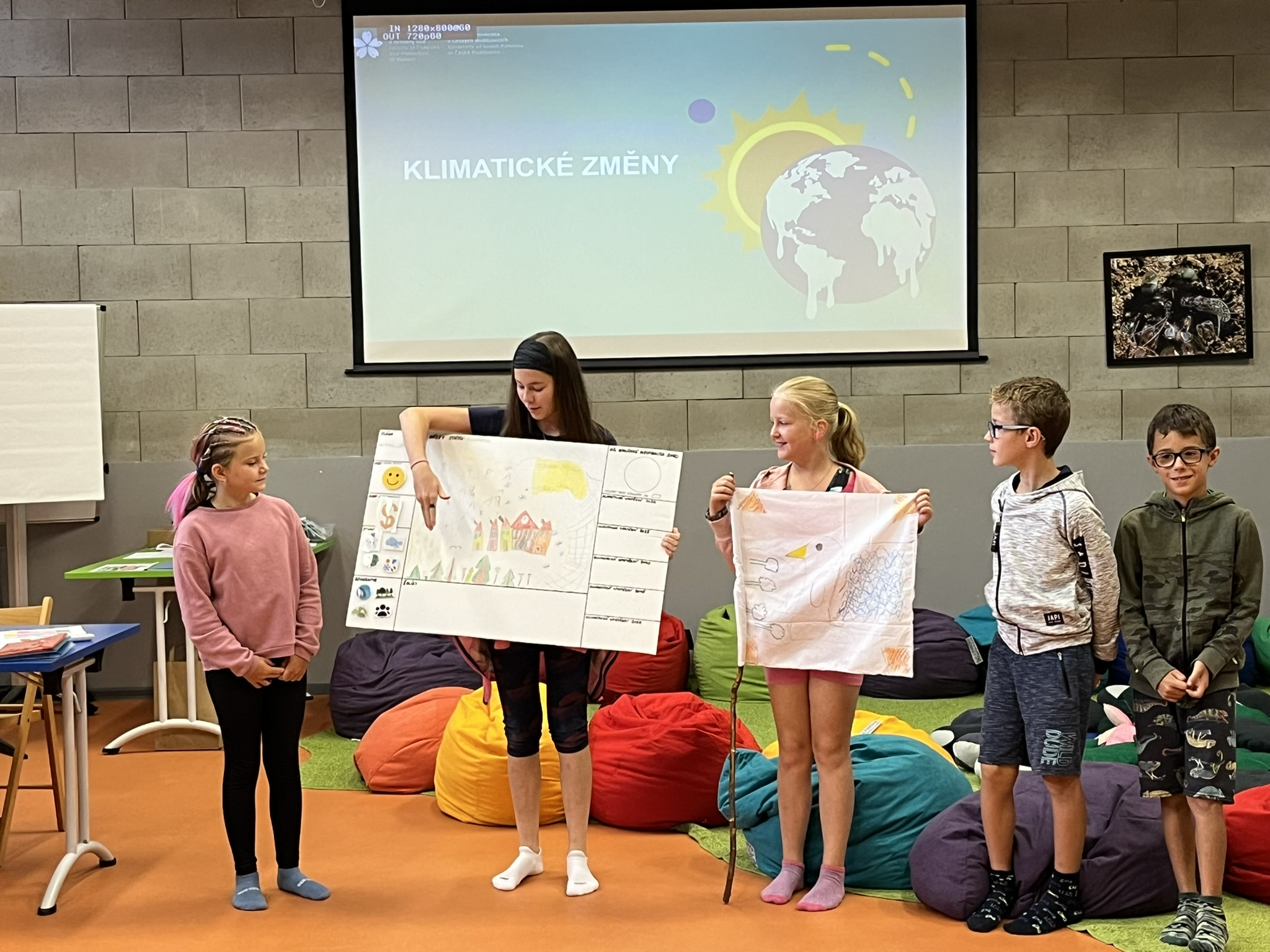
With the end of the holidays, this year's suburban camps of the FFPW USB Children's University, which juniors could attend at the FFPW USB, MEVPIS Vodňany, also ended. This year's main theme of the Children's University was climate change. Children learned in a fun and interactive way through games what global warming is, the greenhouse effect and what climate measures can help prevent global warming.
The children were divided into 5 groups and each group represented a representative of a country that was struggling with weather fluctuations. Each state was tasked with a challenge such as removing carbon from the atmosphere, in the form of collecting our familiar and favourite C's. By playing individual games, they sought to mitigate the effects of climate change in their state and ensure their state's wealth as well as a higher standard of living.
Two sessions of the Children's University were attended by a total of 49 children, who received a certificate of completion at the end of the programme.
You can see the current range of training courses here.
Během chřipkové sezóny se pohybujeme v přeplněných autobusech a vlacích, obklopeni viry, a o pár dní později jsme sami nemocní. Podobné je to u ryb. Jakmile dojde k výskytu nemoci, možnosti léčby jsou omezené a často se uchylujeme k podání léku celé populaci chovaných ryb. To škodí rybám i životnímu prostředí, ale také to má dopady na lidské zdraví.
Nebylo by zajímavé, kdyby příroda již poskytla řešení?
V přírodě ryby neplavou v průzračně čisté vodě, ale jsou vystaveny množství přírodních látek. Mezi nimi jsou huminové látky, které vznikají rozkladem organické hmoty a barví vodu do hněda. Využití těchto látek v akvakulturních systémech prokázalo pozoruhodné zlepšení klíčových imunitních ukazatelů v povrchovém slizu pstruhů. Speciální enzymy jako lysozym a alkalická fosfatáza obsažené v povrchovém slizu ničí bakterie, a chrání ryby. Pokud byly ryby vystaveny vodě obohacené huminovými látkami, aktivita těchto obranných enzymů vzrostla přibližně 2 – 3krát. Zároveň vzrostla koncentrace imunoglobulinů ve slizu o pozoruhodných 77 %, což zdůrazňuje silné imunomodulační účinky huminových látek. Ještě zajímavější byla pozorovaná antibakteriální účinnost rybího slizu. Použití huminových látek pomohlo rybám snížit růst bakterií rybího patogenu Yersinia ruckeri o více než 75 %.
Učením se od přírody jsme schopni proměnit praktiky v akvakultuře tak, aby byly zajištěny bezpečné potraviny pro budoucí generace.
Podrobné informace lze nalézt v původním článku:
Lieke, T., Stejskal, V., Behrens, S., Steinberg, Ch.E.W., Meinelt, T., 2024. Fulvic acid modulates mucosal immunity in fish skin: Sustainable aquaculture solution or environmental risk factor? Journal of Hazardous Material 467: 133737.
Video ke shlédnutí zde.
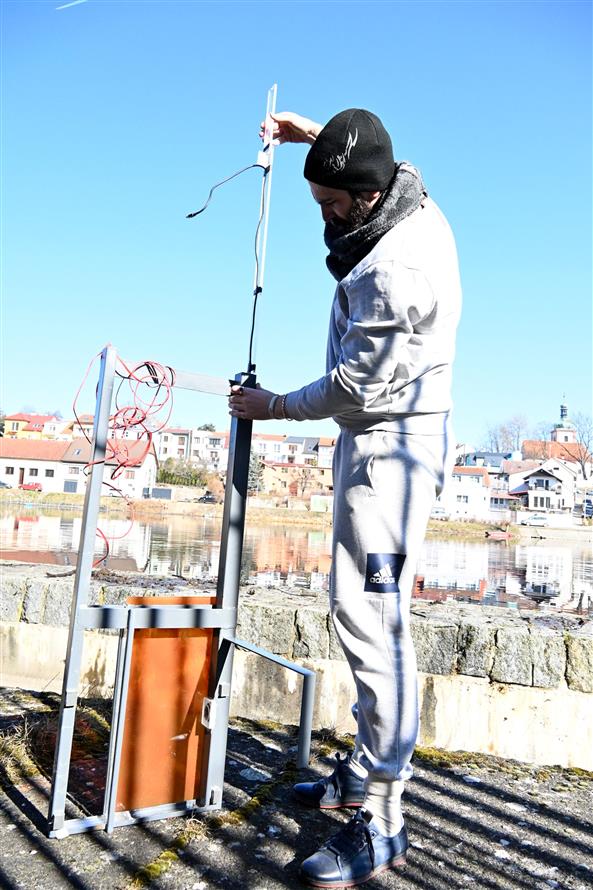
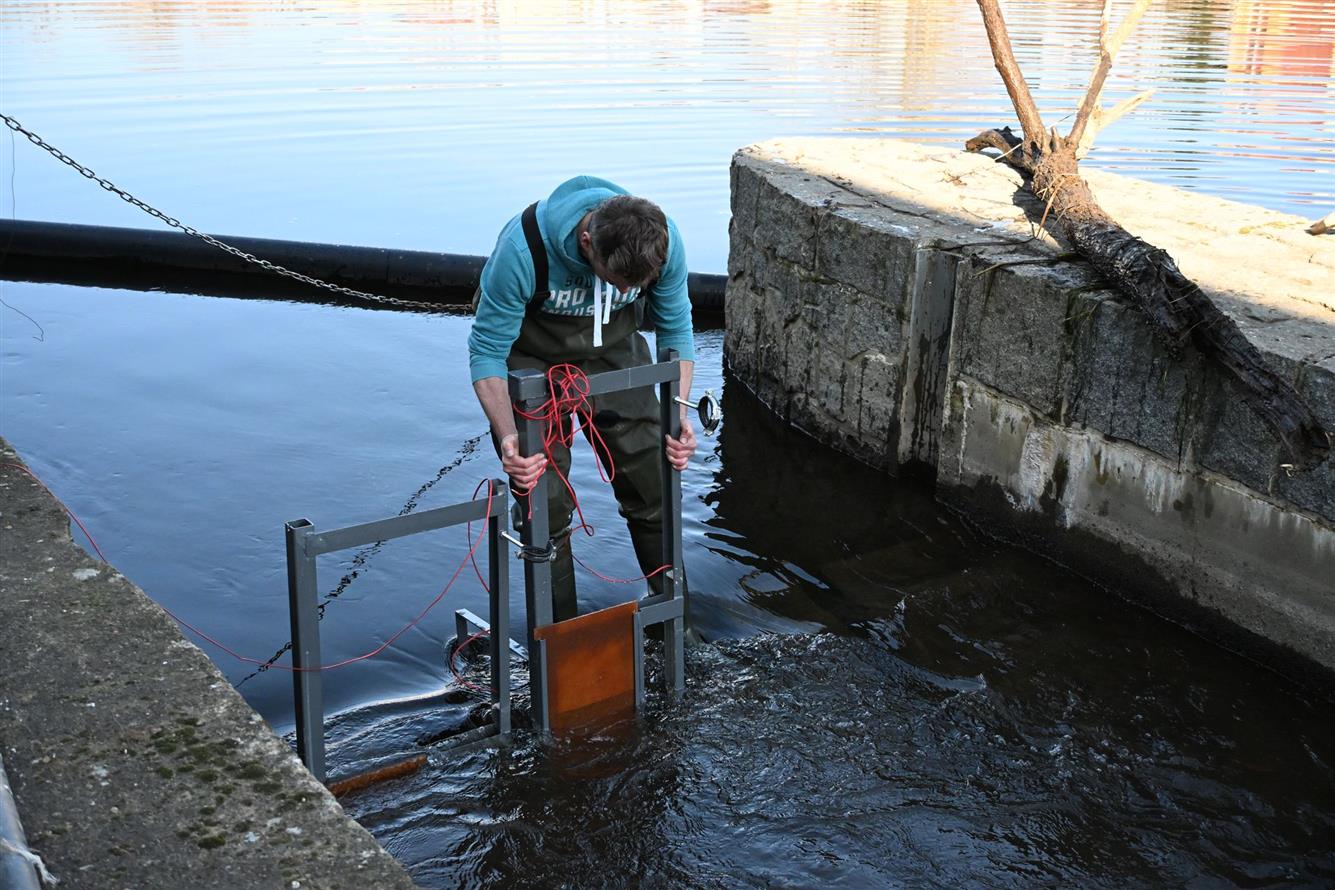
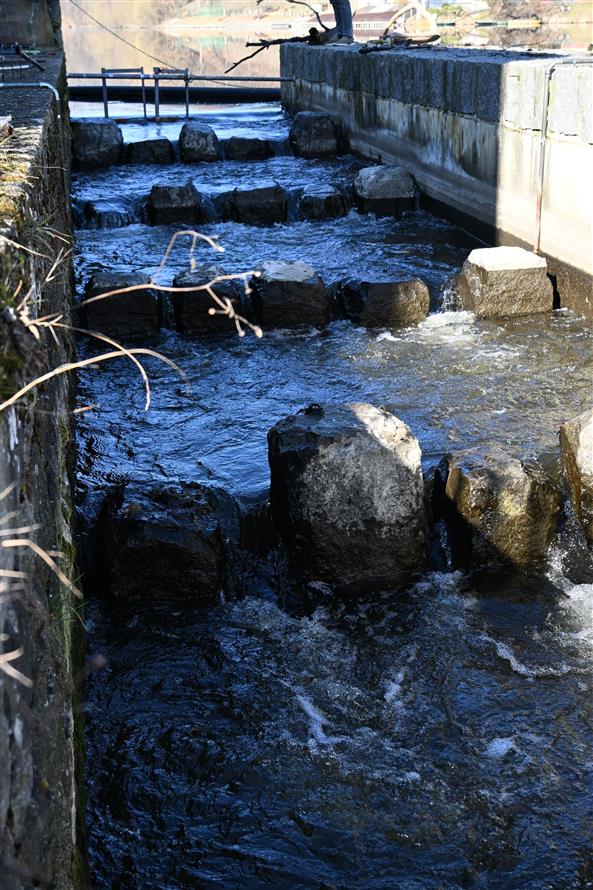
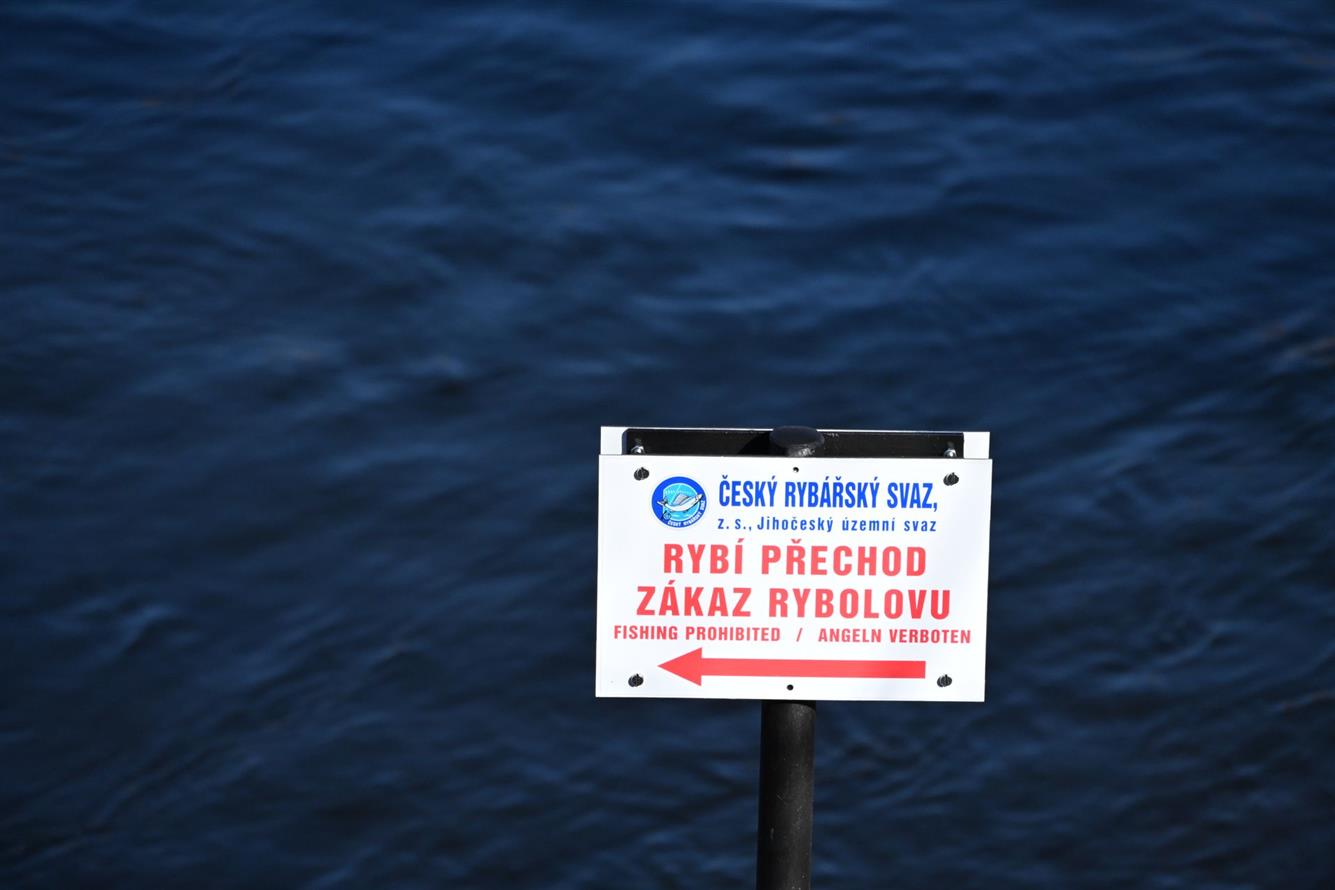
Na jezu sv. Václava na řece Otavě v Písku byl nainstalován inovativní systém pro monitorování migrace ryb. Tento pilotní projekt, realizovaný Fakultou rybářství a ochrany vod Jihočeské univerzity v Českých Budějovicích (FROV JU), je prvním svého druhu v České republice a přinese cenná data o funkčnosti rybích přechodů.
Ačkoli zákon ukládá povinnost budovat rybí přechody, jejich skutečná efektivita se běžně nesleduje. Cílem tohoto projektu je vyhodnotit, jaké druhy ryb přechod využívají a v jakém množství, což pomůže lépe porozumět migraci ryb a zlepšit budoucí stavbu těchto zařízení.
Jak systém funguje?
Systém využívá speciální kamerovou technologii s prvky strojového učení, která umožňuje automatickou identifikaci druhu a počtu migrujících ryb. Kamera umístěná ve vodě snímá ryby pomocí řádkového skenování, na jehož základě software rekonstruuje siluetu ryby a identifikuje ji.
Význam pro vědu a rybářství
Tento projekt přináší nové možnosti nejen pro výzkum migrace ryb, ale i pro ochranu ekosystémů a řízení rybářských revírů. Fakulta úzce spolupracuje s Českým rybářským svazem a získaná data mohou pomoci v boji proti invazivním druhům a ochraně ohrožených ryb.
Pokud se systém osvědčí, mohl by být instalován i na dalších jezových stavbách, například na jezu pod plynovou lávkou ve Vrcovicích. Fakulta plánuje také zpřístupnit online přenos z rybího přechodu pro veřejnost, což by umožnilo sledování migrace ryb v reálném čase.
Dlouhodobý výzkum a další kroky
Fakulta rybářství a ochrany vod JU bude systém průběžně testovat a analyzovat nasbíraná data. Výzkum je financován z projektu Technologické agentury ČR zaměřeného na analýzu migrace ryb a kontrolu invazivních druhů.
Důležité upozornění
Pro ochranu monitorovaného úseku je zakázán pohyb v rybím přechodu. Rybáři musí dodržovat minimální vzdálenost 50 metrů od přechodu.
Tento projekt ukazuje, že Fakulta rybářství a ochrany vod JU je průkopníkem v oblasti aplikovaného výzkumu rybí migrace a přispívá k efektivnějšímu managementu vodních toků v ČR.
Zdroj: město-pisek.cz
Další podrobnosti o projektu najdete v reportáži na Kurýr TV, v Českém rozhlase a v České televizi (v čase 18:47).
On Friday, May 3, 2024, the dean of FFWP USB, Prof. Tomáš Policar, met in České Budějovice with Assoc. Prof. Petr Hartvich and additionally congratulated him on a significant life 80th birthday anniversary. The meeting was not only reminiscing about the past but also included an expert debate on fish passages, the operation of hydroelectric power plants on rivers in the Czech Republic, and the need to keep minimum water flows constantly and actively in the rivers with the aim to effectively protect our ichthyofauna, native crayfish and clam species.
Assoc. prof. Petr Hartvich founded and long-term led the Fishery specialization and then the Fishery department at the Agriculture Faculty (AF) of the University of South Bohemia in České Budějovice (USB) in 1994–2009. In 2009, the Research Institute Fish Culture and Hydrobiology in Vodňany USB and the mentioned Fishery Department of AF USB contributed to establishing the Faculty of Fisheries and Water Protection (FFWP) USB. Colleague Petr Hartvich is still professionally active in various consultations with colleagues at FFWP USB in České Budějovice, the staff of the Fish Hatchery of the National Park Bohemia Forest in Borová Lada, and also as an active member of the Expert Group - Commission for Fish Passages under the Agency for Nature and Landscape Protection of the Czech Republic.
We hereby once again wish our colleague Peter Hartvich all the best, good health, happiness, and well-being in the coming years, and we are looking forward to another personal meeting, for example, in Vodňany at the planned faculty meeting on June 20 of this year.
We support the creation of the first complete Photographic Plant Atlas of the Czech Republic.
The book will include about 3100 plants in 9 thousand photographs. In total, over twenty botanists from four universities, two research institutes and two museums are involved in its preparation. Over 100 photographers are also involved.
The atlas is unique in that it will contain photographs of all wild species, including important identifying features. Virtually all native species, commonly occurring non-native species, the most important hybrids, subspecies and varieties (the most common or widespread, easily recognisable) will be included. Of the cultivated plants, only those that are very frequently cultivated or commonly weeded will be included. In 2027 the book would undergo final revisions.
You can still support the creation of the book. You can get involved not only in the photography, but also by making a financial contribution to the society or by becoming a patron of part of the book. Currently the book has 21 patrons.
You can find more details about the new atlas here.
With deep regret we announce that our colleague and friend Eduard Levý died on 31st March 2024 at the age of 71. With his unique and witty approach to life, he made his mark on the hearts of several generations of the professional and lay public, and we had the honour of looking under his hand for the last nearly 20 years. His work orientation was also his hobby, and his sincere efforts to help the field a little further began long before our faculty was established. We miss him. Please pay a silent tribute to his memory. Or rather a noisy one, it would make him happy...
In the past few days, the campaign that brings health, strength and energy to the TV space by the "Fish Trio" has officially kicked off. The new spot, produced by the OP Fisheries Managing Authority, primarily highlights the benefits of consuming freshwater fish, their irreplaceable role in the modern diet, but also points to the environmental benefits of aquaculture. The "Fish Trio" will be featured not only on TV broadcasts but also on online platforms.
Learn more about the project here.
The project "Nature-friendly fisheries management as a tool for the protection of valuable pond ecosystems, No. 3211100004" - RAGO supported by the Norwegian Funds and the State Environmental Fund of the Czech Republic is coming to an end nowadays. The project was led by the Třeboň organization ENKI, o.p.s. and the FFPW USB was its co-leader together with five other partners. The project sought to look at the ponds through a different lens than traditional carp farming. A total of 11 ponds in four different regions were specifically managed using alternative fish stocking. Water quality, zooplankton, aquatic insects and amphibians were monitored. Another pillar of the project, which was under the responsibility of the FFPW USB, was to support the populations of declining fish species such as common bream, common sunfish, common roach, brook trout, etc. The project repeatedly carried out successful artificial spawning of common bream at the fish hatchery. More than 500,000 redfish fry were introduced into the ponds. As a result, we have our own population of yearling and biennial bream as well as a generational broodstock. The early ontogeny of bream at different water temperatures has also been monitored.
The results of the project were presented to the general public at the final conference held on 21 and 22 March 2024 in Vodnany. On Thursday, the first day of the event, the results of the RAGO project were presented in thematic lectures. The economic aspects of extensive fish farming and alternative stocking were very well discussed and well received. Friday's programme was divided into two parts, with the first group of participants taking an excursion to interesting fishing facilities in Vodnany (FFPW USB and SRŠ Vodnany). The second group participated in the KARAS 2024 symposium, which included a meeting of people and institutions actively involved in the conservation of this once common fish species. There was great interest in the event, which exceeded our expectations and the capacity of the hall. 81 people attended the conference (Thursday) and 46 attended the Friday symposium. Nearly 40 more people watched it online. In addition to Czech participants, there were several participants from Slovakia, Austria and Germany. The RAGO project and its results therefore also have cross-border implications. The results of the RAGO project, including recordings of selected lectures, can be found on the website www.ochranarybniku.cz.
Written by: Ing. Ján Regenda, Ph.D.
Exciting news from our latest research on fishponds and fish!
We have found that natural pond food and ecosystems can help carp digest better. This means that plankton and the pond environment work together to break down tough foods like cellulose, chitin, and phosphorus (phytate) in the fish's stomach.
Interestingly, during times when the water is clear, with low algae but lots of tiny zooplankton, carp digestion improves even more. This discovery could help us manage fishponds more efficiently.
The effect is called “Synergistic digestibility effect”. It was theorized in our previous article (2022) and verified in the current study(2024).
More updates on how this can revolutionize pond feeding, you can find in the publication:
Roy, K., Kajgrova, L., Capkova, L., Zabransky, L., Petraskova, E., Dvorak, P., Nahlik, V., Kuebutornye, F.K.A., Blabolil, P., Blaha, M., Vrba, J., and Mraz, J. 2024. Synergistic digestibility effect by planktonic natural food and habitat renders high digestion efficiency in agastric aquatic consumers. Science of the Total Environment, 927, 172105.
The study was part of the Czech Science Foundation project: GAČR22-18597S.
Written by: Koushik Roy, Ph.D. Graphical abstract: BioRender (license JA26MXISBO)
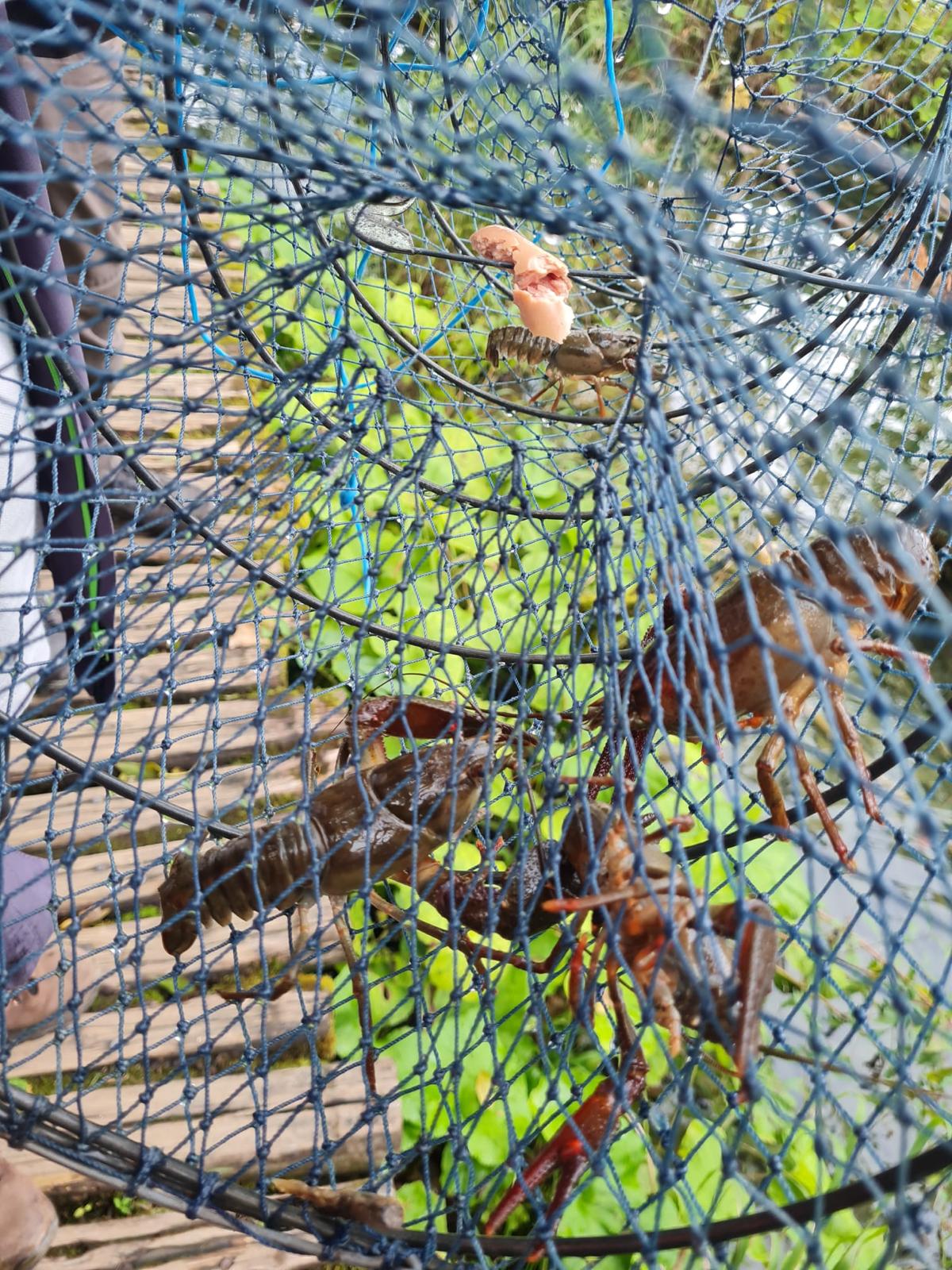
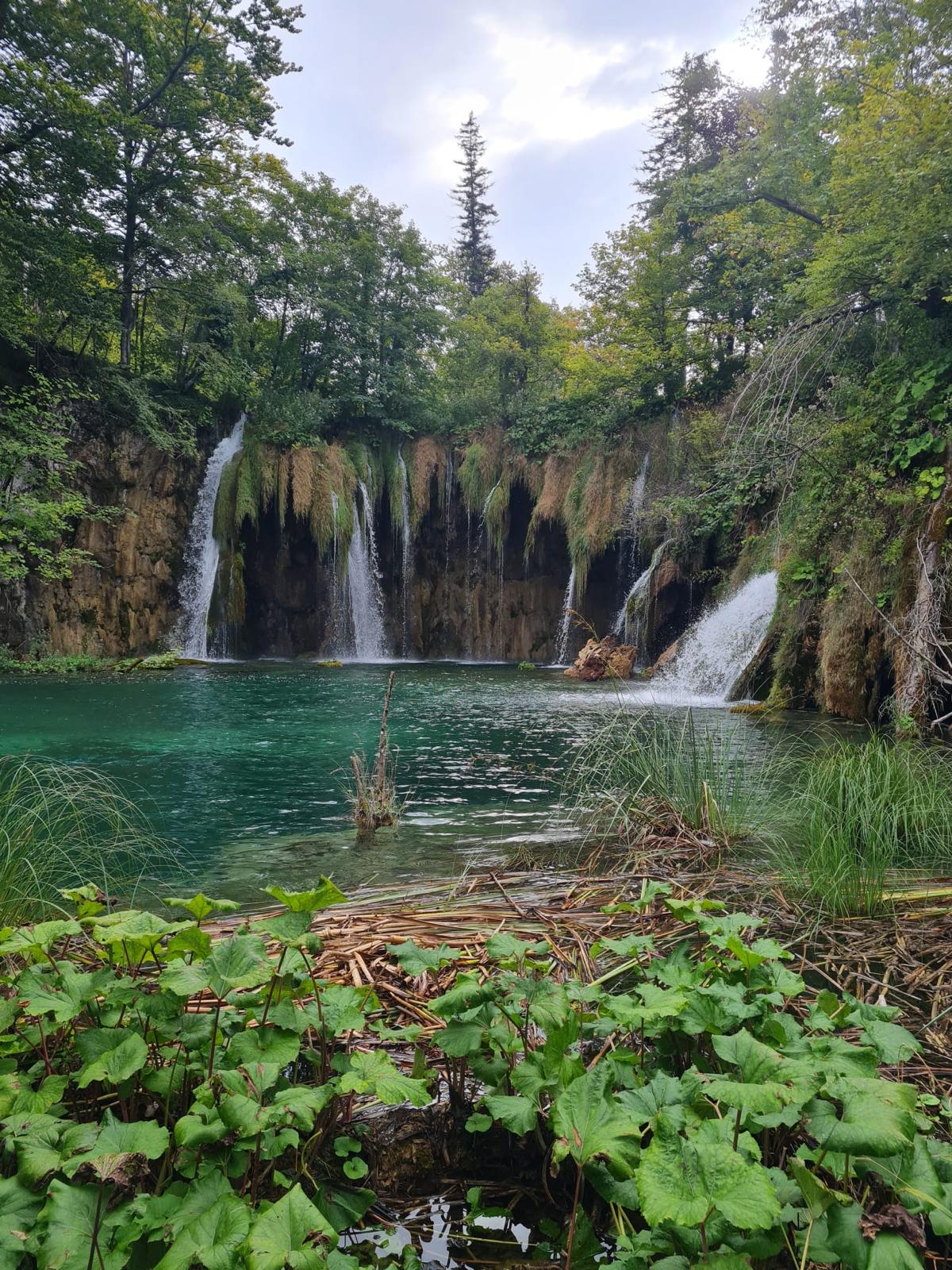
On 16th–20th September 2024, the 24th International Astacological Symposium took place in Zagreb, Croatia, where the University of South Bohemia was represented by a five-member team of scientists from the Laboratory of Freshwater Ecosystems of the Faculty of Fisheries and Protection of Waters USB.
During the four-day scientific programme, topics related to research on freshwater crayfish were discussed and, in addition to the scientific part, the conference programme also included a visit to Plitvice Lakes National Park, which is home to a number of critically endangered species, including populations of river crayfish and stone crayfish.
During the symposium, the Rector of the University of South Bohemia, Pavel Kozák, was re-elected as a member of the International Conference of Astacology's top management and will most likely be appointed its President in 2026. The election of Pavel Kozák to the head of this world scientific organization only confirmed the excellent scientific reputation of the Faculty in the field of research on these crustaceans.
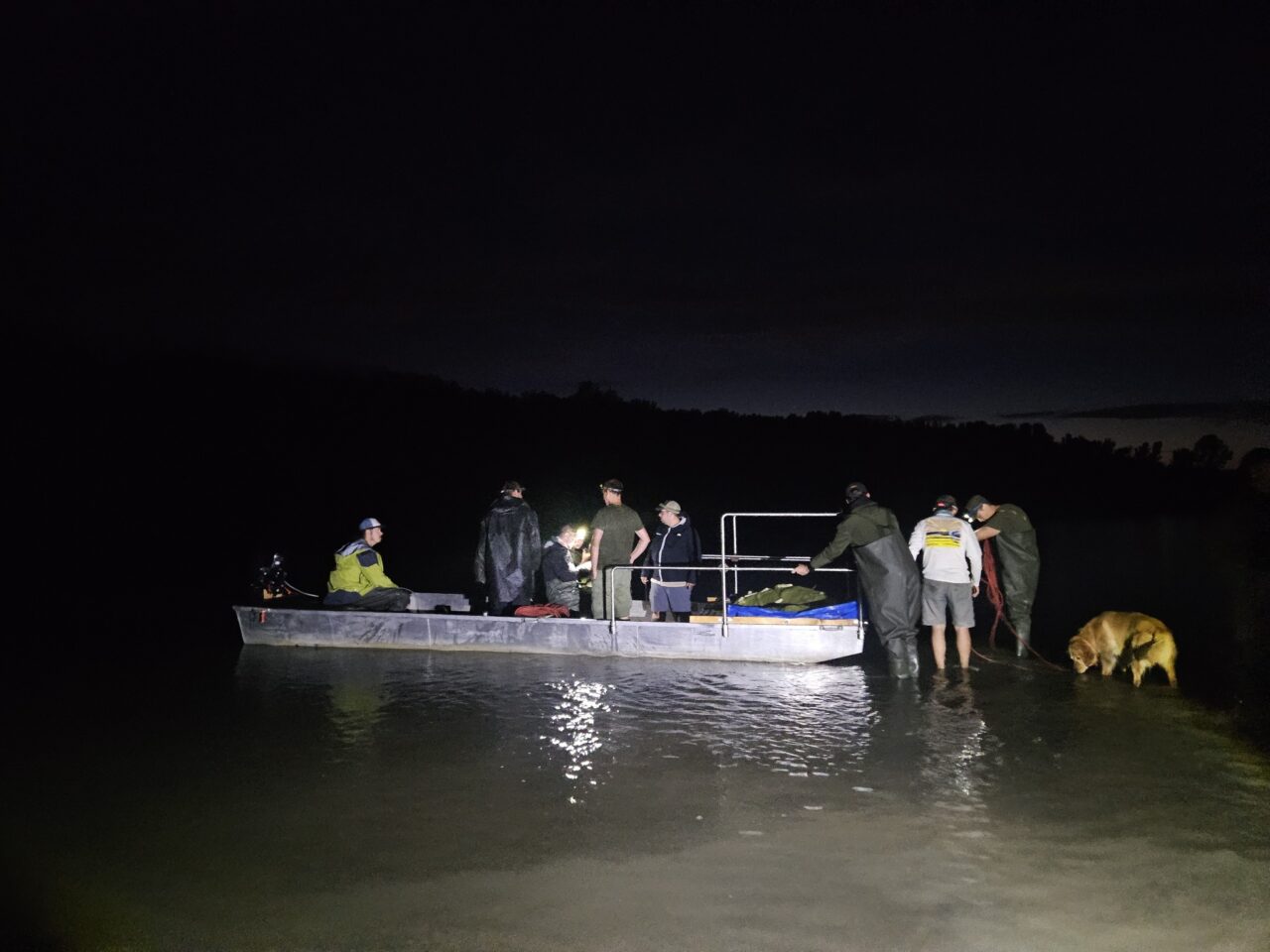
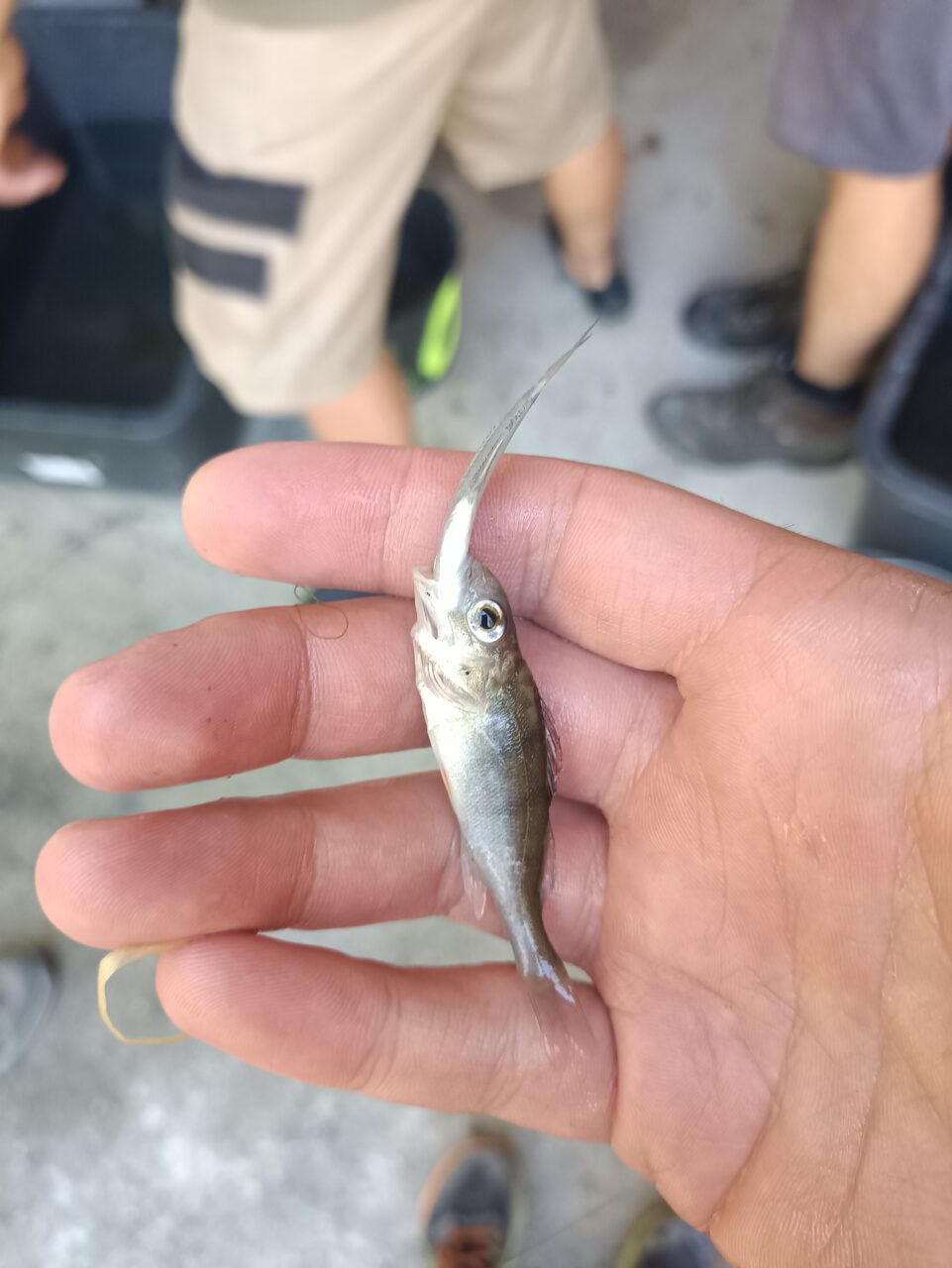
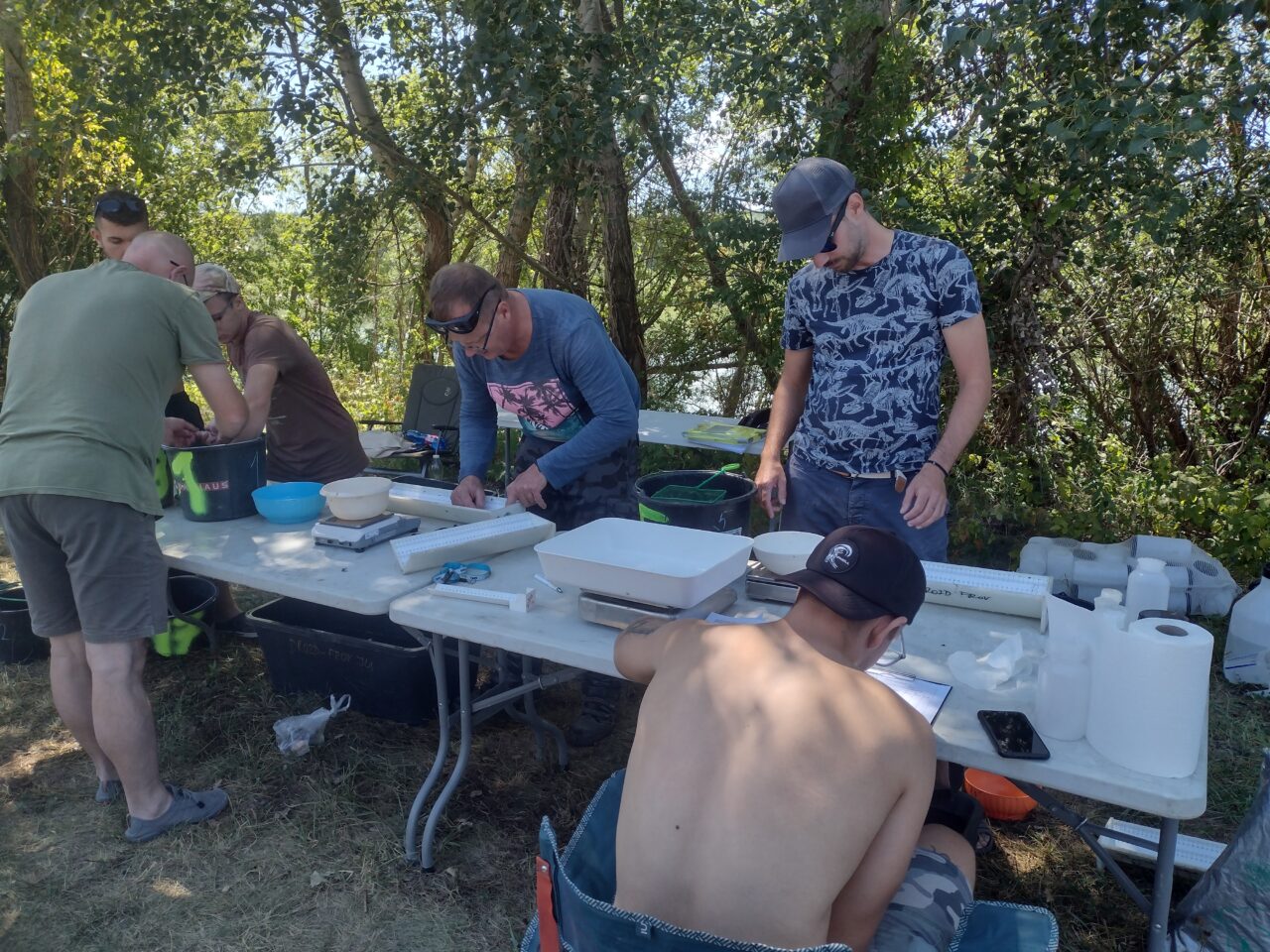

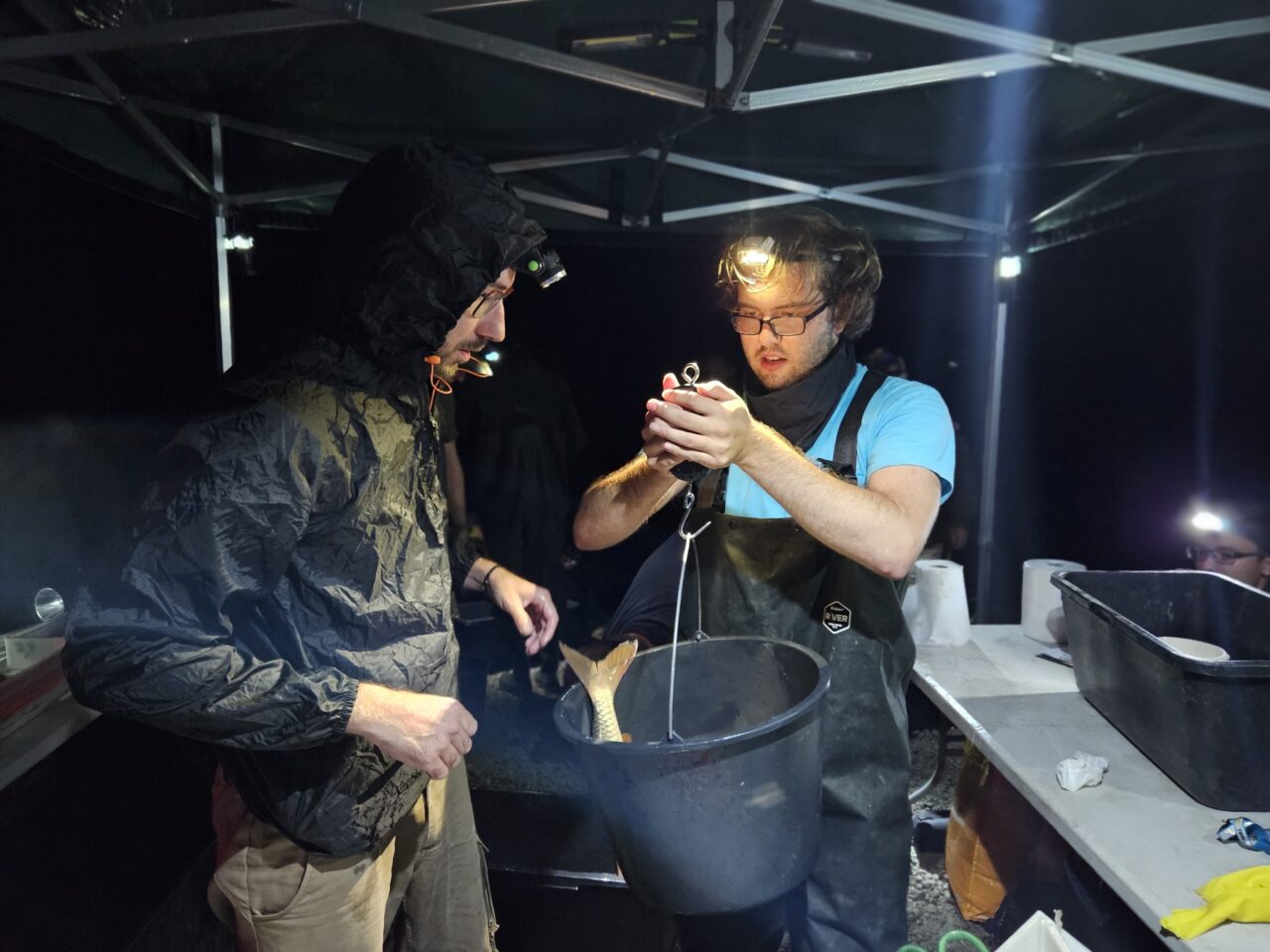
GABČÍKOVO, August 15, 2024 - What is the current state of fish stocks in the Slovak part of the Old Danube? This is what experts on freshwater ecosystems have been finding out in 13 sections of the main river and its system of side branches. The extensive ichthyomonitoring was carried out during the week of 4 to 9 August 2024 by an experienced team from the Faculty of Fisheries and Water Conservation of the University of Bořek Drozd in České Budějovice as part of the LIFE Living Rivers project (101069837/LIFE21-IPE-SK-Living-Rivers).
In addition to the main coordinator of the activity, other project partners and representatives of stakeholder groups such as the Slovak State Nature Conservation Agency, the Slovak Ministry of the Environment, the Research Institute of Water Management, WWF Slovakia and the Slovak Fishermen's Association participated in the monitoring.
What the waters of the Danube have revealed?
The findings of experts after a week of intensive work on Slovakia's largest river, specifically in its original inland delta, are unfortunately not very encouraging. "The old Danube has extremely little water, as most of it is diverted near Bratislava into the inflow channel of the Gabcikovo hydroelectric power plant. We have seen huge amounts of silt and sediment that should not be there at all. Already today, the Old Danube is becoming uninhabitable for many native Danube fish species. Unless the situation changes and more water is added to the river, this typical Danube habitat will disappear completely," warns fish ecologist Bořek Drozd with concern. According to him, this situation has a major negative impact on life below the surface. Things are not looking good for fish populations on the Slovak section of the Danube. Although the representation of species is relatively stable, their populations have declined significantly in recent years.
According to the experts, although the Old Danube river system is full of common carp species, the rheophilic, i.e. stream-loving, fish species have declined extremely. Some of the original groups, such as sturgeons, an iconic group of fish more than 200 million years old, have virtually disappeared from the Old Danube due to poor living conditions. "This is the result of a combination of the impacts of construction and inadequate management of the operation of the Gabčíkovo system of water canals, which in the unique ecosystem of the Old Danube are manifested by water scarcity, poor flow conditions, overheating of the water and intense sedimentation. This impact is further compounded by global climate change. As a result, the sad fact is that the once unique ecosystem of the inland Danube Delta is gradually becoming uninhabitable for most native fish species and is de facto gradually disappearing physically," says Bořek Drozd. He says it is paradoxical that Slovakia has committed to achieving the so-called good ecological status of the Old Danube by 2027, as required by the Water Framework Directive - an extremely difficult race against time.
During the August monitoring, both day and night catches were made and all fish caught were counted, measured, weighed and then returned to the water. Both common and rarer fish species were documented. Among the rarer ones, there were e.g. the greater spotted seatrout, yellow sturgeon, curved-spotted spurdog, Vladykov's roach, Danube roach (glossy), but also other rheophilic species or species of European importance.
The situation is also complicated by the non-native inhabitants of the Danube
A separate chapter is the spread of fish that have no business in the Danube. And ichthyologists have found many of them during monitoring. "The situation is also made more difficult by the spread of so-called invasive fish species, especially the white tolstolobik, which seriously threatens native species," adds Bořek Drozd's colleague Martin Šindler. The large distribution of this carp-like fish in Danube waters was also confirmed by monitoring in August. According to experts, this originally Asian fish has apparently started to reproduce spontaneously in the Danube and has essentially flooded the main stream. This can be observed, for example, at sites near Komárno, where tolstolobics, spooked by the sound of boat engines, jump into people's boats.
Other invasive species, such as the Danube snapper, are also a problem for the Danube. According to Bořek Drozd, the native common bream has also almost completely disappeared from the river system, replaced by the non-native, highly invasive silver bream.
Future prospects
Monitoring, which is part of the LIFE Living Rivers project, has been carried out regularly on this section of the Danube since 2023, twice a year, as well as at other sites. The main objective is to obtain the data needed to design appropriate measures to make the Gabčíkovo and Čunovo reservoirs passable and to restore regular fish migrations. Experts hope that the results of this monitoring will serve as a basis for effective measures to protect and restore fish populations in this important European river.
At the same time, the Faculty of Fisheries and Water Conservation of the University of Gdańsk is carrying out telemetric monitoring of small sturgeons on the Danube, which are considered to be the flagship species for the river basin. This means that if this rheophilic species can be maintained and preserved, other fish species will also thrive in the Danube waters and human society will also benefit.
"A functioning ecosystem means not only high water quality, but also effective flood protection, a more stable climate, sufficient water in times of drought, a source of crops and food, recreational activities, high species richness of flora and fauna,... In short, the Old Danube has a lot to offer us if we finally start to take good care of it. But we don't have much time left," concludes Bořek Drozd.
About the LIFE Living Rivers project
LIFE Living Rivers is a joint project of ten institutions and organisations focused on the implementation of the Slovak Water Plan in the Danube, Hron, Ipeľ and Bělá river basins. The aim of the partner organisations is to ensure a good ecological state of water and thus improve a total of 344 kilometres of our rivers.
Project partners:
Výskumný ústav vodného hospodárstva (VÚVH), Ministerstvo životného prostredia Slovenskej republiky (MŽP), Slovenský vodohospodársky podnik, š. p. Štátna ochrana prírody Slovenskej republiky (ŠOP SR), Bratislavské regionálne ochranárske združenie (BROZ), WWF Slovensko, Catch Me If You Can, Jihočeská univerzita v Českých Budějovicích, Správa Tatranského národného parku (TANAP), Vodohospodárska výstavba, š. p.
For more information on the LIFE Living Rivers project, click here.
Articles related to LIFE Living Rivers:
Mi a csodát műveltek ezek éjszaka a Dunánál? (parameter.sk)


Co-funded by the European Union. Views and opinions expressed are however those of the author(s) only and do not necessarily reflect those of the European Union or CINEA. Neither the European Union nor the granting authority can be held responsible for them.
A team of scientists from the Faculty of Fisheries and Water Conservation of the University of South Bohemia monitored the current status of fish populations in 13 sections of the main river Danube and its side branches from 4 to 9 August 2024. Read more about the extensive ichthyomonitoring within the LIFE Living Rivers project (101069837/LIFE21-IPE-SK-Living Rivers) zde.


Co-funded by the European Union. Views and opinions expressed are however those of the author(s) only and do not necessarily reflect those of the European Union or CINEA. Neither the European Union nor the granting authority can be held responsible for them.
Another TNA project within the Aquaexcel3.0 has been implemented at the FFPW USB.
The lead researcher is Dr. Uroš Ljubobratović from the Hungarian University of Agriculture and Life Sciences (MATE).
Dr. Ljubobratović succeeded with the project called “The effect of pikeperch (Sandr lucioperca) broodstock origin on their ability to express natural reproductive behaviour”. The responsible researcher for the FFPW USB is MSc. Oleksandr Malinovskyi, Ph.D.
Dr. Ljubobratović is spending this week in the Laboratory of Intensive Aquaculture in Vodnany where he implements an experiment on the biology of pikeperch reproduction and the influence of the broodstock origin on their reproductive abilities.
The access is free of charge. The AE3.0 project will pay for the experimental costs as well as the travel and subsistence costs.
The TNA call is continuous so you can apply for access to 40 partners´ installations at any time within the duration of the AE3.0 project. More information at the project website.
This project has received funding from the European Union’s Horizon 2020 research and innovation programme under grant agreement No. 871108 (AQUAEXCEL3.0). This output reflects only the author’s view and the European Commission cannot be held responsible for any use that may be made of the information contained therein.

Aquaponics is a sustainable food production system that uses nutrient-rich wastes from aquaculture to produce vegetables in hydroponic systems. The nutrients locked in the wastes are converted into absorbable forms for plant use by beneficial microbes present in the cultivation loops. These microbes are also responsible for other biological processes, such as methanogenesis and sulphate reduction, and they contribute to reduced susceptibility to diseases. Dr. Zala Schmautz from the Zurich University of Applied Sciences in Switzerland and Dr. Ewumi Azeez Folorunso from the Laboratory of Nutrition at FFPW USB have completed a TNA that investigated the impact of plant species and cropping systems on the abundance, diversity, and metagenomes of microbial consortia in aquaponic and hydroponic systems. As seen in field studies, plant species are major determinants in the types of microbial communities found in soil rhizobiomes and rhizoplanes(Anthony et al., 2020; Nkongolo & Narendrula-Kotha, 2020). Incessant successes in understanding this natural selection have yielded established sustainable cultivation approaches, such as cereal-legume intercropping, which increases protein yield and reduces the need for nitrogen fertilization.
On the other hand, there is little to no information on the impact of plant species or cropping systems on microbial consortia in soilless systems, such as aquaponics and hydroponics(Schmautz et al., 2022). Understanding the impact of these variables will not only help optimize these systems but also provide a new dimension for addressing challenges such as pests, diseases, and nutrient dynamics in cultivation systems(Folorunso et al., 2021). A strong indication of the impact of plant species and cropping systems on microbial diversity is nutrient uptake by plants in the cultivation systems. For example, iron and nitrogen uptake in plants are products of siderophore activity and nitrification, both of which are biological processes dictated by the present microbial communities in the cultivation systems. In the preliminary results of our study, we have identified significant differences in the uptake of Fe and total nitrogen (among other nutrients) in hydroponics and aquaponics, as well as between basil and lettuce (Figure 1). This may indicate discrepancies in the microbiome across the two cultivation systems and plant species in the expected result of the metagenome. The metagenome result is expected to provide a benchmark for the characterization of microbial communities across the two systems and plant species, and the further manipulation to tackle existing challenges in soilless production systems.
References
Anthony, M. A., Crowther, T. W., Maynard, D. S., van den Hoogen, J., & Averill, C. (2020). Distinct assembly processes and microbial communities constrain soil organic carbon formation. One Earth, 2(4), 349–360. https://www.cell.com/one-earth/pdf/S2590-3322(20)30142-1.pdf
Folorunso, E. A., Roy, K., Gebauer, R., Bohatá, A., & Mraz, J. (2021). Integrated pest and disease management in aquaponics: A metadata-based review. Reviews in Aquaculture, 13(2), 971–995. https://doi.org/10.1111/raq.12508
Nkongolo, K. K., & Narendrula-Kotha, R. (2020). Advances in monitoring soil microbial community dynamic and function. Journal of Applied Genetics, 61(2), 249–263. https://doi.org/10.1007/s13353-020-00549-5
Schmautz, Z., Walser, J.-C., Espinal, C. A., Gartmann, F., Scott, B., Pothier, J. F., Frossard, E., Junge, R., & Smits, T. H. M. (2022). Microbial diversity across compartments in an aquaponic system and its connection to the nitrogen cycle. Science of The Total Environment, 852, 158426. https://doi.org/10.1016/j.scitotenv.2022.158426
Na Fakultě rybářství a ochrany vod JU je realizován další TNA projekt v rámci Aquaexcel3.0.
Hlavním řešitelem je Dr. Uroš Ljubobratović z Maďarské univerzity zemědělství a přírodních věd.
Dr. Ljubobratović uspěl s projektem nazvaným „The effect of pikeperch (Sandr lucioperca) broodstock origin on their ability to express natural reproductive behaviour“. Odpovědným řešitelem za FROV JU je MSc. Oleksandr Malinovskyi, Ph.D.
Dr. Ljubobratović tráví tento týden v Laboratoři intenzivní akvakultury ve Vodňanech a realizuje experiment související s biologií reprodukce candáta a vlivem původu generačních ryb na jejich reprodukční schopnosti.
TNA přístup je bezplatný. Projekt AE3.0 hradí náklady na vedení experimentu vč. cestovních a pobytových výdajů.
Výzva TNA je nepřetržitá, tudíž můžete kdykoli během trvání projektu AE3.0 požádat o přístup ke 40 instalacím partnerů. Více informací na webu projektu.
This project has received funding from the European Union’s Horizon 2020 research and innovation programme under grant agreement No. 871108 (AQUAEXCEL3.0). This output reflects only the author’s view and the European Commission cannot be held responsible for any use that may be made of the information contained therein.
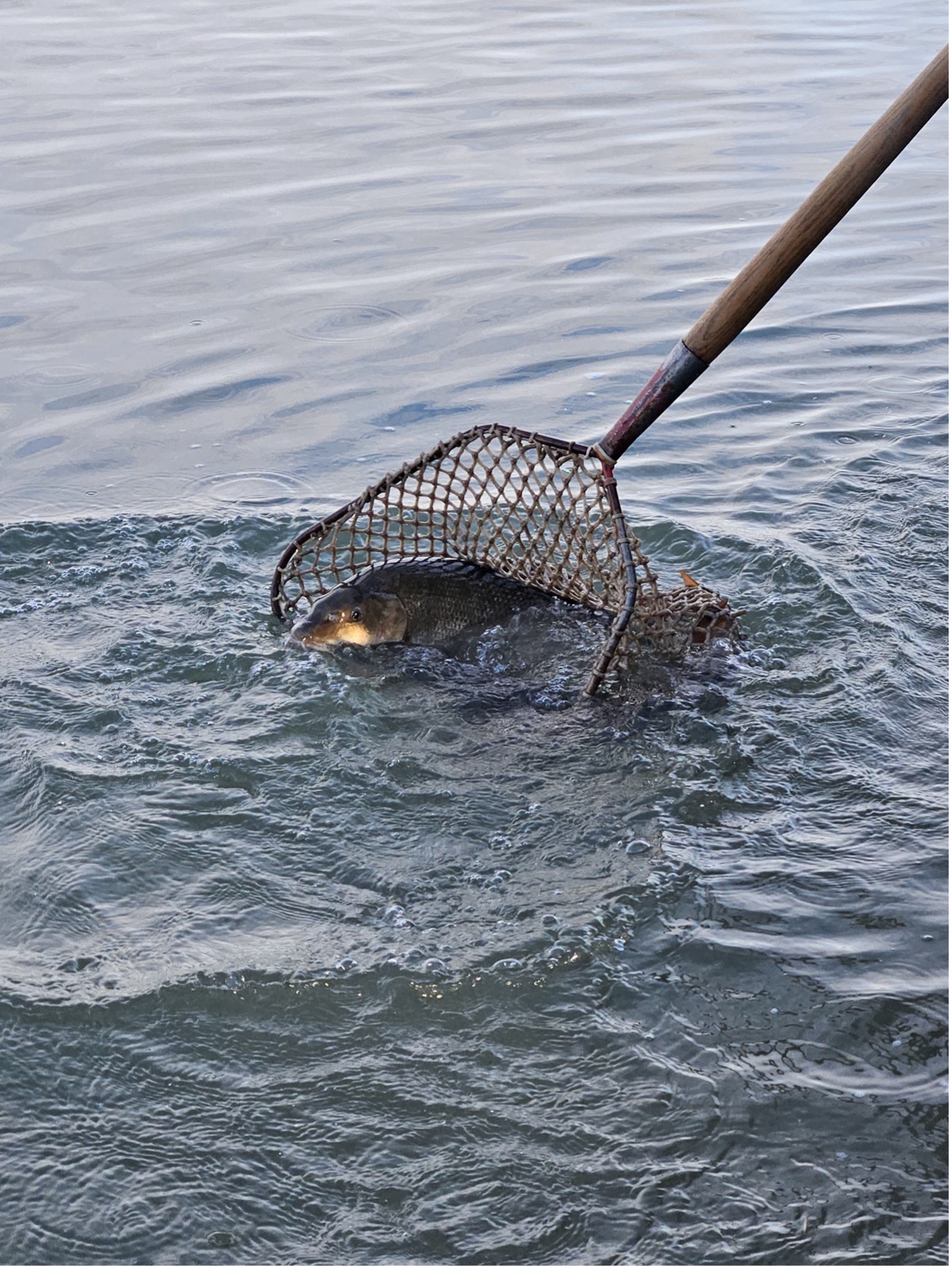
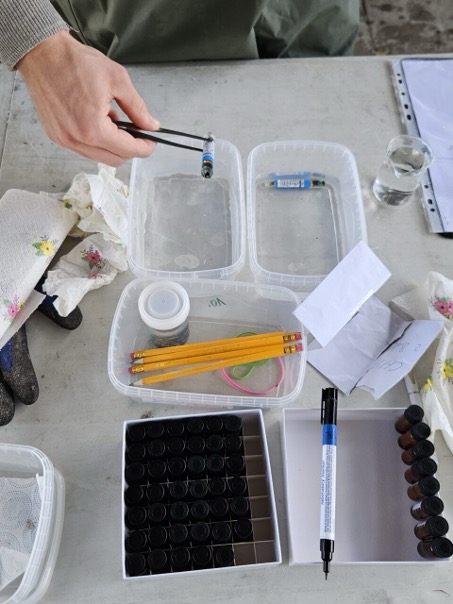
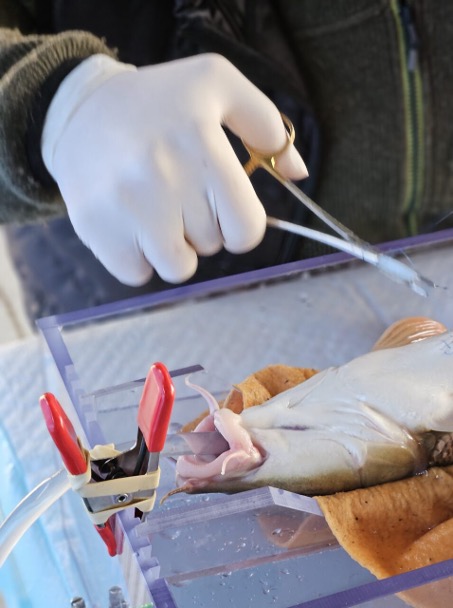
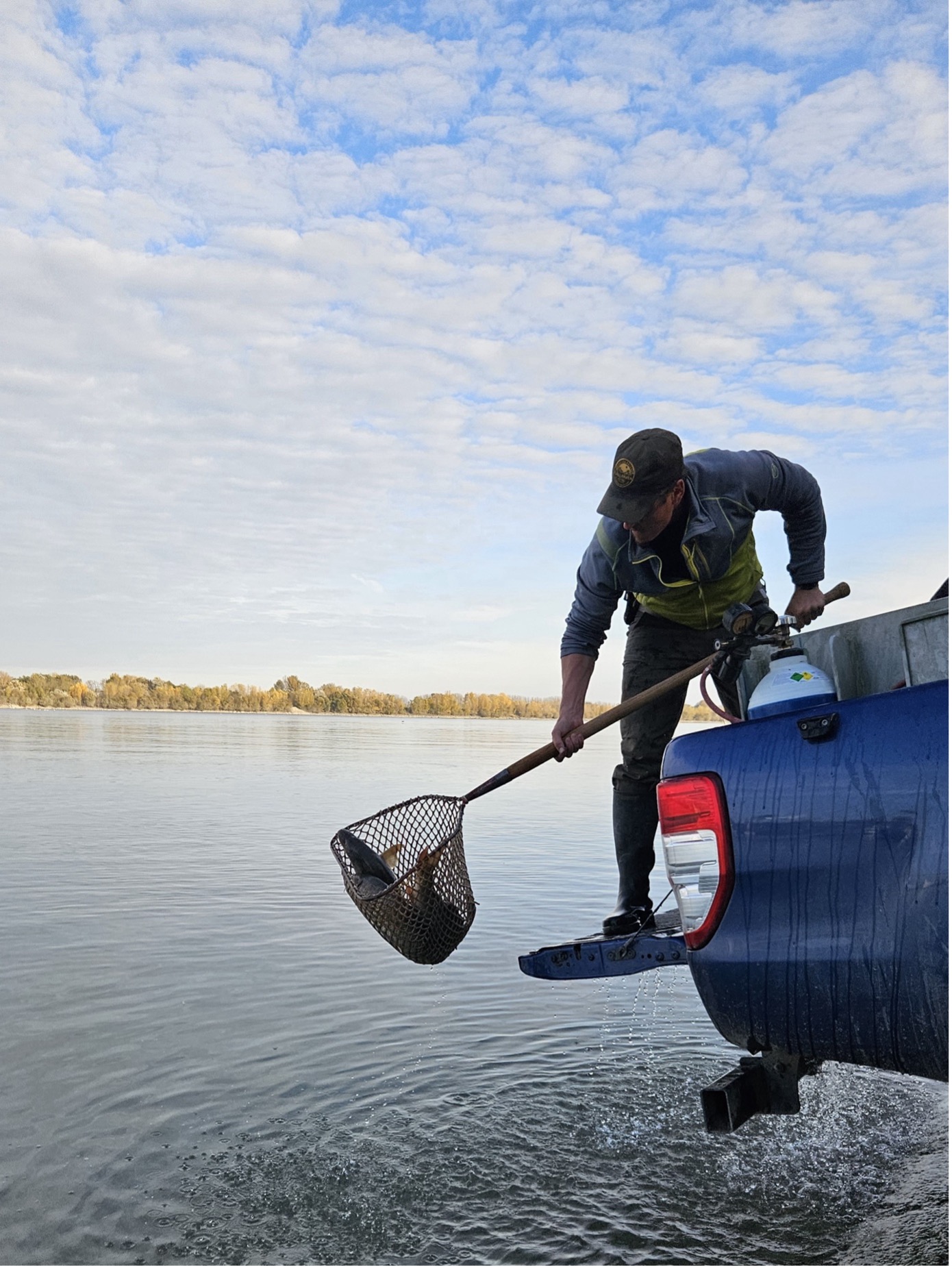
Je aktivní a ostražitá, ale překonání některých bariér je nad její síly. Parma obecná (Barbus barbus) je jedním z původních obyvatel našich řek. Tato ryba, stejně jako jeseteři a boleni, potřebuje ke svému životu a rozmnožování volný pohyb ve vodě. Migrační bariéry, v podobě přehrad, hrází a dalších betonových staveb na vodních tocích, však ztěžují její přirozený pohyb v řekách.
Parma obecná je ryba, která se během svého života pohybuje v různých částech řeky, aby našla vhodné podmínky pro rozmnožování, růst nebo zimování. Migrační trasy, které k tomu využívá, jsou bohužel stále více blokovány. Jen na Slovensku protíná řeky téměř 1 500 známých bariér, z nichž až 80 % brání rybám v migraci. To má za následek pokles početnosti parmy obecné a dalších původních druhů ryb, jakož i celkové narušení ekosystémů řek.
Telemetrické sledování jako nástroj ochrany
V rámci projektu LIFE Living Rivers probíhají důležité aktivity na čtyřech slovenských řekách. Jednou z nich je Dunaj, v jehož vodách odborníci sledují pohyb několika původních druhů ryb, včetně parmy obecné.
V dubnu 2024 byl na 97kilometrovém úseku Dunaje zahájen telemetrický monitoring, který provádí výzkumný tým z Fakulty rybářství a ochrany vod Jihočeské univerzity (FROV JU) pod vedením Dr. Bořka Drozdav koordinaci se Slovenským rybářským svazem. Zatímco v počáteční fázi se vědci zaměřili především na monitoring jeseterů malých, nyní přišla na řadu i parma obecná. Koncem října odborníci vylovili z dunajských vod 50 exemplářů, kterým veterinář implantoval malé vysílačky. Ryby byly poté vypuštěny zpět do Dunaje.
Telemetrická zařízení umožní odborníkům sledovat další cestu parmy řekou. Kromě toho, že vědcům poskytnou cenné informace o jejich poloze, dokonce i o teplotě nebo hloubce vody, ve které plavou, pomohou jim také odhalit problematické úseky Dunaje a určit migrační překážky, které nejvíce znepříjemňují jejich život. Výsledky výzkumu také pomohou při přípravě vhodných opatření, která by měla zprůchodnit vodní stavby, jež rybám brání v migraci.
Budoucnost řek a parmy obecné
Zdravé a tekoucí řeky jsou nedílnou součástí našeho životního prostředí a krajiny, kterou sdílíme. Kromě toho poskytují útočiště mnoha živočichům nejen pod vodní hladinou, ale i ve svém okolí. Ochrana parmy obecné a dalších druhů ryb je důležitým krokem k podpoře biologické rozmanitosti a stability našich vodních ekosystémů. Projekt LIFE Living Rivers počítá s obnovou migračních koridorů, které umožní rybám volný pohyb řekami, aby mohly plnit svou úlohu v sladkovodních ekosystémech.
Pokud se podaří zlepšit podmínky pro migraci ryb, bude to úspěch nejen pro samotné ryby, ale také pro celá říční společenstva, která jsou nedílnou součástí naší přírody.
Více informací o projektu najdete zde a zde.


1